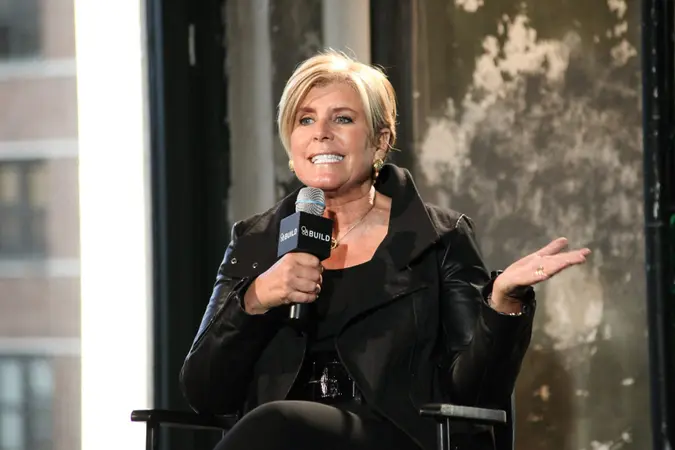George Kamel: Use These 4 Accounts To Get Rich

Commitment to Our Readers
GOBankingRates' editorial team is committed to bringing you unbiased reviews and information. We use data-driven methodologies to evaluate financial products and services - our reviews and ratings are not influenced by advertisers. You can read more about our editorial guidelines and our products and services review methodology.

20 Years
Helping You Live Richer

Reviewed
by Experts

Trusted by
Millions of Readers
When you start researching financial accounts online, you can easily become overwhelmed with many different options that seem confusing or aren’t best suited for your goals. This could leave you discouraged and believing building wealth is an overly complex process.
In a recent YouTube video, money expert George Kamel explained that you only need four basic accounts to pay your bills, invest and save. Learn how these accounts can help you better manage your money and eventually make you rich.
Checking Account
A checking account is ideal for receiving your paycheck deposits and covering your expenses. However, Kamel explained it’s not a place to keep too much money since you likely won’t earn compound interest, fraud could cause issues, or you might feel tempted to spend too much.
He said, “I recommend only having an additional hundred to a few hundred bucks on top of whatever you’re already planning to spend for the month.”
To figure out the amount to keep in your checking account, consider making a zero-based budget where you allocate your entire paycheck to specific purposes. Besides knowing your expenses, you’ll better understand your money situation when you budget.
High-Yield Savings Account
Kamel recommended a high-yield savings account for your short-term savings needs, like your emergency fund or down payment for a future home. This low-risk account offers value since it has a much higher interest rate than the typical savings account at your local bank.
In April 2025, the Federal Deposit Insurance Corporation (FDIC) listed a 0.41% national average savings rate, while several online banks have high-yield accounts paying 3% to 5%. For a $1,000 deposit, that’s the difference between earning just around $4 versus $30 to $50 over a year.
Kamel also explained these savings accounts keep your cash more accessible compared to investment accounts and prevent loss. While there are many options with perks like no monthly fees or account minimums, Kamel said he favored Laurel Road’s high-yield savings account.
Health Savings Account
A health savings account lets you save money for medical expenses, like doctor’s visits and medications, and invest some funds to get compound earnings. Kamel explained these accounts are appealing for multiple tax benefits, including tax-free contributions, tax-free growth and tax-free withdrawals for eligible medical expenses.
He added, “On top of the triple tax advantage, when you turn 65, you can withdraw from your HSA for any expense — medical or not — with zero penalty, but you will have to pay taxes if the money is not used for a qualified medical expense.”
There are some rules for these accounts. First, you’ll need to have an eligible high-deductible health plan to get one. Plus, you can only contribute up to the IRS annual limit, which is $4,300 for individuals and $8,550 for families in 2025. Check with your employer since you might also get a match.
Tax-Advantaged Retirement Account
Kamel recommended having a tax-advantaged retirement account where you can put money that you’ll leave untouched for your long-term savings goals. He discussed multiple options.
Your job might offer you a traditional 401(k), where you contribute before-tax money from your paychecks, or a Roth 401(k), which requires after-tax contributions, but lets you make tax-free withdrawals once you’re 59 1/2. You can also get a traditional or Roth IRA on your own, but you can’t contribute as much as with a 401(k).
According to Kamel, you should first build an emergency fund and become debt-free. Then, you should commit to putting 15% of your gross income toward your retirement savings.
He also explained that much of your money at retirement will likely be from compound growth rather than contributions. Using the Ramsey retirement calculator, he showed that a 26-year-old who contributed $500 monthly and got a 10% yearly return would have around $2.1 million at age 62.
More From GOBankingRates
Sources
- George Kamel (YouTube channel), “The 4 Accounts That Will Make You Rich (Are You Using Them?)“
- Federal Deposit Insurance Corporation (FDIC), National Rates and Rate Caps
- IRS.gov, https://www.irs.gov/pub/irs-drop/rp-24-25.pdf
- IRS.gov, “401(k) limit increases to $23,500 for 2025, IRA limit remains $7,000“
- Ramsey Solutions, Retirement Calculator
 Written by
Written by  Edited by
Edited by 

























